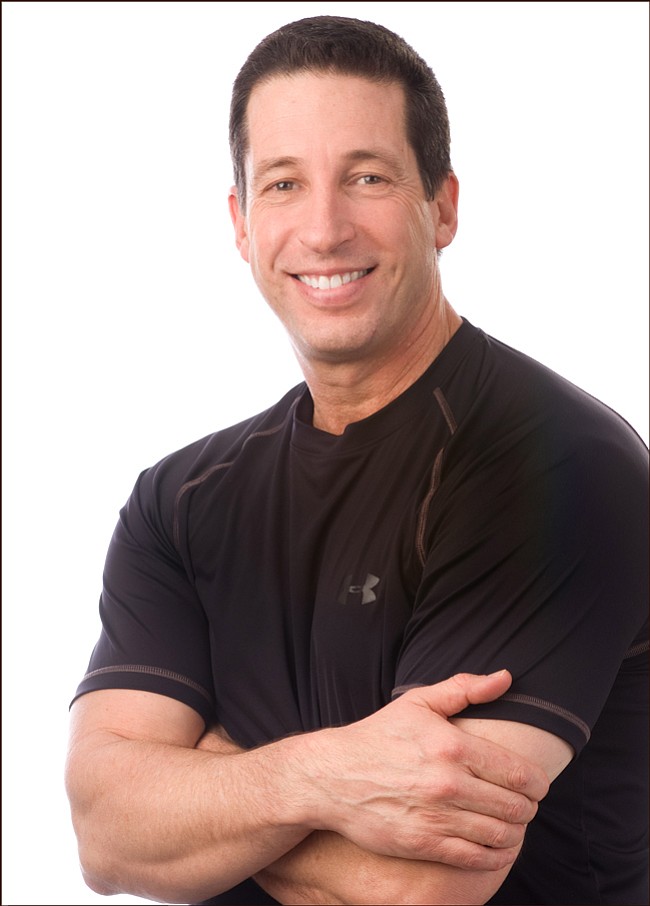• Myth 1: If there’s no pain, then there’s no gain
This cliché alone has probably been the cause of more injuries than one can count. I think the bigger piece of this is differentiating when the pain begins. Invariably, a hard resistance session is accountable for the small tears of muscle filaments, which are frequently felt for anywhere from one to seven days after the training session. Muscle lactase is the metabolic waste product that also makes us hurt and occurs when the muscles are forced to contract when oxygen is inadequate. The bigger piece of this, however, is that you should not be pursuing pain in the workout as a gauge of how effectively you are training. This could be a sign of something much worse — such as an existing injury.
• Myth 2: Sweating determines how effective the work-out is
Nothing could be further from the truth than this comment. Sweating is the body’s way of cooling down — plain and simple. If you walked 10 miles at a leisurely pace, or walked “all out” over a distance of one mile, the caloric expenditure over the 10 mile walk would trump the calories expended at the one-mile effort, despite the fact that one would in all probability sweating after the one-mile effort.
• Myth 3: Machines are 100 percent safe
On first appearances, this would appear to be true — but that would have to be based on the fact that the individual using the machine was choosing a weight based on their current strength, height and overall size. The seat would have to be adjusted properly, and the cadence at which they moved that weight (tempo, emphasis on negative, rest to work ratio) would have to be controlled. Unless you are working with a professional who can get you started with correct settings, it is just as easy to get injured with machines as it is with free-weights, even if the type of injury is different.
• Myth 4: Sit-ups and abdominal isolation machines remove belly fat
Please, say it “ain’t true.” While increased muscle mass can displace fat under the skin (subcutaneous) there is no concentrated resistance movement that “replaces” fat with muscle. In other words, you need to lose fat throughout your entire body to see the benefits of all those planks and crunches. This is not to be confused with the benefits of core strengthening, which regardless of a person’s body composition will benefit their health.



